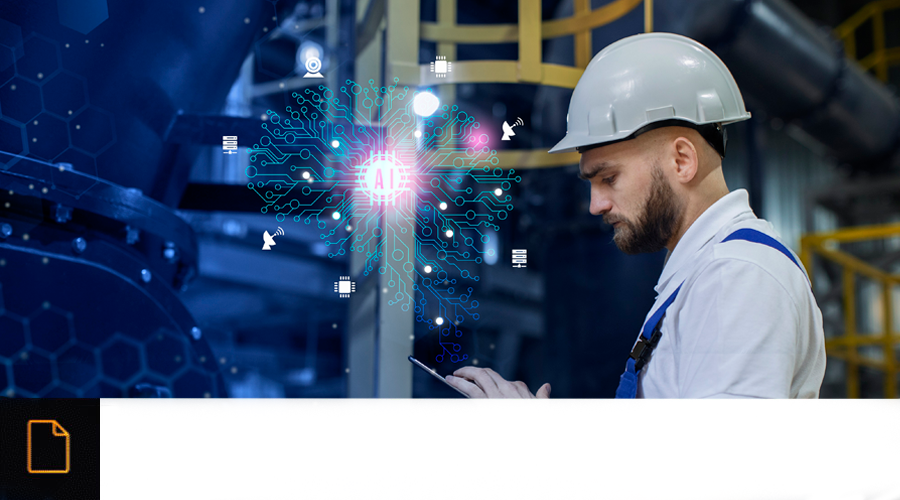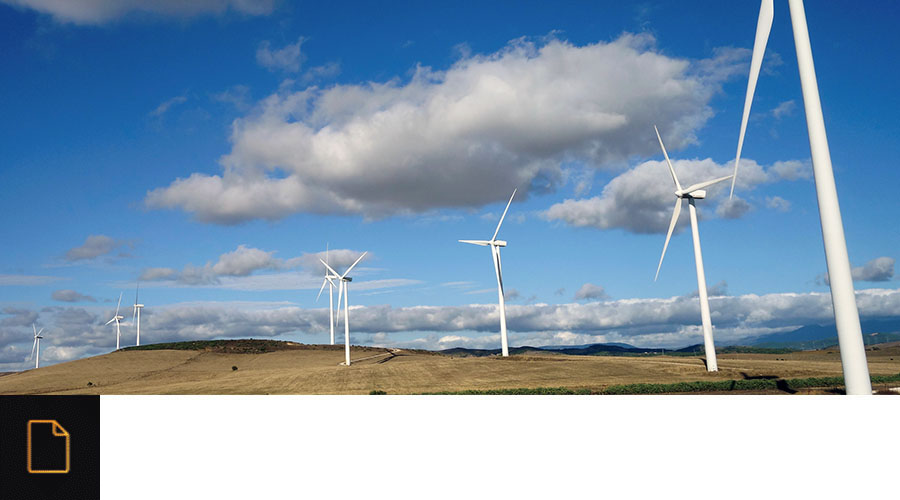MULTI-TECHNOLOGY IN INDUSTRIAL AIOT PLATFORMS: ADVANTAGE OR DISADVANTAGE?
Written by Antonio Ramirez
23 Nov 2022 | AIoT Platform | Article
We cannot say that digitalization has reached every corner of industry. The reality is that the Industry 4.0 concept is growing, but it still has a long way to go. One of the clear examples is the still limited availability of AIoT platforms for industry, agnostic to the IoT hardware and its manufacturer.
In the industrial world, when it comes to the ability to integrate with different hardware manufacturers, it is called having multi-technology capability. Having a single tool that monitors, alerts, reports, predicts and even builds possible scenarios of all the hardware components of a production process has become an absolute necessity in the proper digitization process of any industry.
The other day I was at a conference where I could hear the speaker denouncing the situation of his clients who had up to 8 CMS (Condition Monitoring System), depending on the manufacturer of the control and monitoring hardware purchased (IoT). This had come to create a real problem for operators, analysts and specialists, having to have 8 different sources of information to unify (manually). As well as learning to handle 8 different tools, with all that this implies in terms of learning curve and interpretation.
The fact is that the hardware used to digitize the assets of an industrial process greatly affects the digitization capacity of an industry.
The saying "Put your shoes in your shoes" is a reality in the industries, since in the end each hardware manufacturer is specialized in a series of assets and/or monitoring conditions, or technologies. This makes them unique and highly valued by their customers, who need the best to ensure the continuity of their production processes.
The disadvantage is that, if or if, it forces you to have different information capture and processing tools. Or, in other words, to have a monitoring solution for each IoT hardware manufacturer.
But this specialization problem has been solved by some of the current AIoT platforms, such as MonoM. Platforms agnostic to IoT hardware and industry. 100% compatible with all existing IoT hardware for the industrial market, even being able to unify OT (Operating Technology) sources with IT (Information Technology) sources, which gives an important competitive advantage, since it provides the final company with the ability to have a single data management and concentration and query system, regardless of the IoT hardware, the data source or the data to be queried.
In order to have a multi-technology AIoT platform, it is necessary to know exactly what data needs to be analyzed, and that in MonoM is done from the knowledge that predictive analysts have. Once this is clear, the best IoT hardware is chosen to obtain such data and then the company's engineering area designs an interface capable of reading the appropriate protocols and data to capture only the appropriate information at the appropriate time and frequency.
This capability of MonoM is allowing its AIoT platform to be seen as a high value-added platform for industries.
In short, if you are soon going to decide to implement an AIoT platform in your company, do not forget to check its multi-technology capacity, so that you are not condemned in the near future to work with only one type of IoT hardware manufacturer or to change platform because you change IoT hardware or assets.
Have a prosperous day.
Antonio Ramirez - CMO MonoM (Alava Group)











